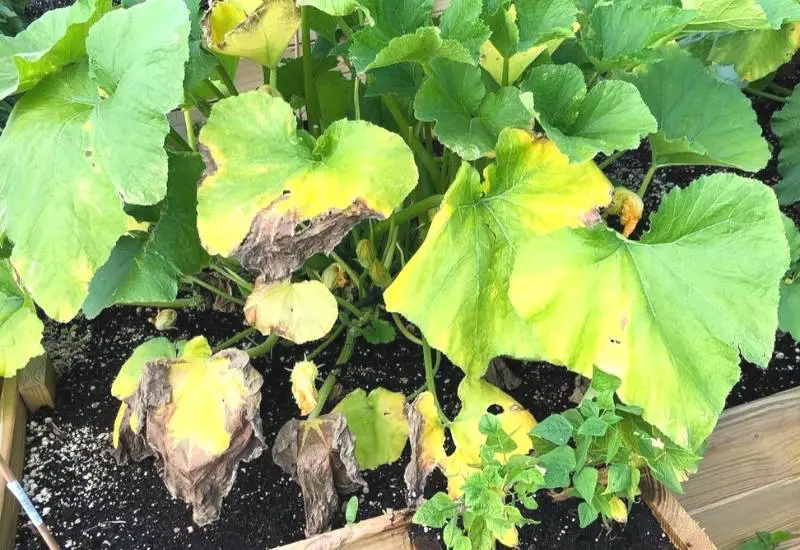If you’re a proud gardener who has been nurturing your squash plants, you may have noticed a concerning sight – yellow leaves. Before you start to panic, it’s essential to understand that yellowing leaves on squash plants can be a common issue. In this article, we will explore some of the most common causes behind this phenomenon, allowing you to identify the problem and take the necessary steps to ensure healthy and vibrant squash plants in your garden.
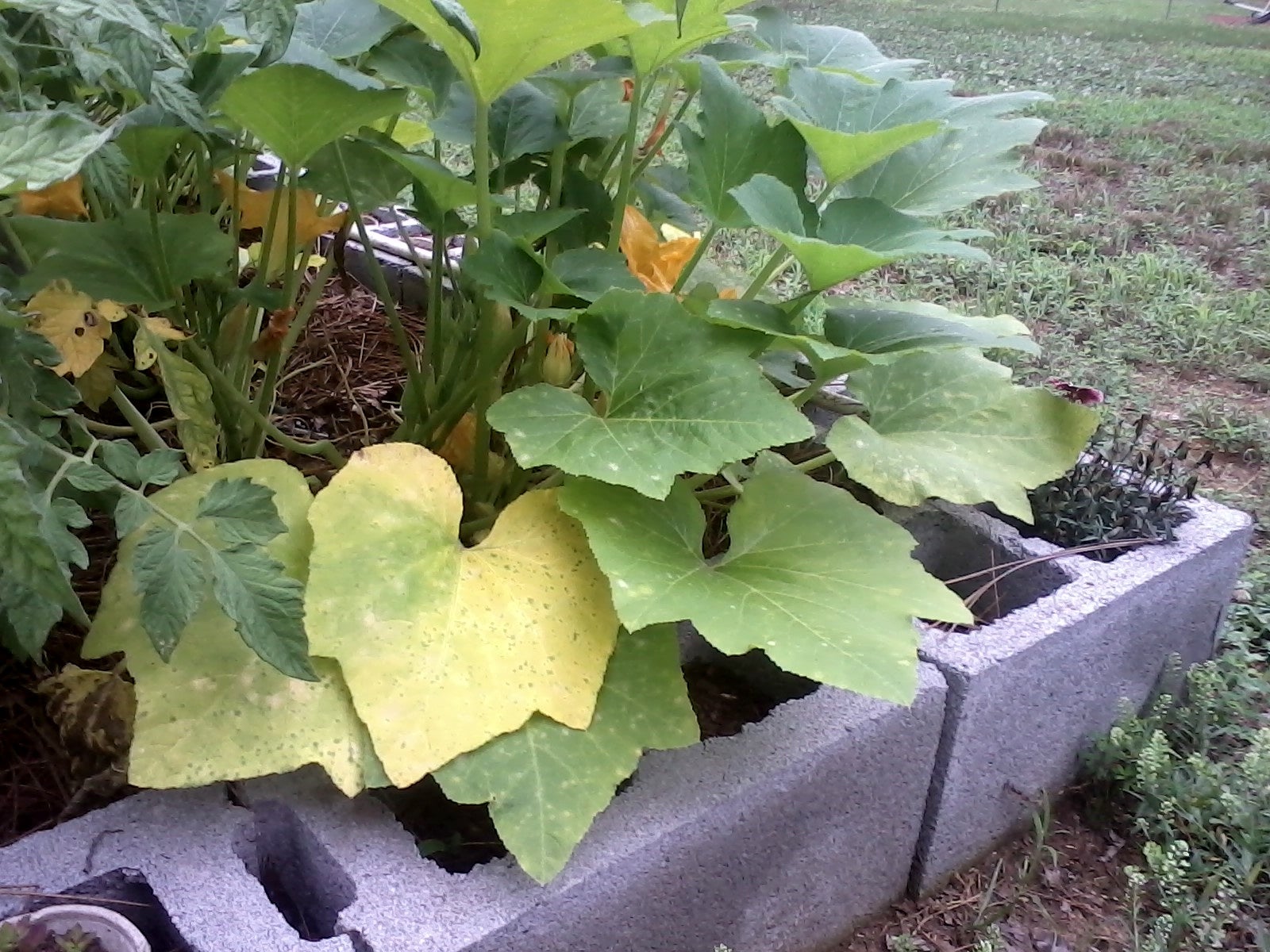
Nutrient Deficiencies
Nitrogen Deficiency
If you notice yellow leaves on your squash plants, one possible cause could be a deficiency in nitrogen. Nitrogen is an essential nutrient for plant growth and is responsible for promoting healthy leaf and stem development. When squash plants lack nitrogen, their leaves may start to turn yellow, starting from the older leaves towards the top of the plant. To address this issue, you can use a nitrogen-rich fertilizer or amend the soil with organic matter such as compost. This will help provide the necessary nitrogen for the plants to thrive and prevent further yellowing of the leaves.
Phosphorus Deficiency
Another nutrient deficiency that can lead to yellow leaves on squash plants is a lack of phosphorus. Phosphorus is crucial for plant energy production, root development, and fruit formation. When squash plants are deficient in phosphorus, their leaves may appear dull and have a bluish-green tint, eventually turning yellow or purple. To address this deficiency, you can apply a phosphorus fertilizer or incorporate bone meal into the soil before planting. This will help supply the necessary phosphorus and promote healthy leaf coloration.
Potassium Deficiency
A deficiency in potassium can also contribute to yellow leaves on squash plants. Potassium is essential for various plant functions, including water and nutrient uptake, photosynthesis, and disease resistance. When squash plants lack potassium, their older leaves may turn yellow and develop brown or black spots. To rectify this deficiency, you can apply a potassium-rich fertilizer or use organic potassium sources such as wood ash or kelp meal. Incorporating these nutrients into the soil will help replenish potassium levels and prevent further yellowing of the leaves.
Calcium Deficiency
Yellow leaves on squash plants can also be a result of calcium deficiency. Calcium is vital for maintaining the structural integrity of plant cell walls, preventing diseases, and ensuring proper nutrient uptake. When squash plants lack calcium, their leaves may exhibit a crinkled appearance, with yellowing occurring between the veins. To address this deficiency, you can apply a calcium-rich fertilizer or amend the soil with gypsum or crushed eggshells. These amendments will provide the necessary calcium for the plants, allowing them to maintain healthy leaf coloration.
Overwatering
Waterlogged Soil
Overwatering can be a common cause of yellow leaves on squash plants. When the soil becomes waterlogged, the roots are deprived of oxygen, leading to poor nutrient uptake and plant stress. As a result, the leaves may turn yellow and eventually wilt. To prevent overwatering, ensure that your squash plants are in well-draining soil and avoid excessive irrigation. Allow the soil to slightly dry out between watering to promote healthy root growth and prevent yellowing of the leaves.
Poor Drainage
Another factor that can contribute to yellow leaves due to overwatering is poor drainage. If the soil does not drain adequately, excess water accumulates around the roots, causing them to become waterlogged. This inhibits the plant’s ability to take up nutrients, resulting in yellowing leaves. To improve drainage, you can amend the soil with organic matter such as compost or perlite. These additions will help loosen the soil structure, allowing for better water movement and preventing excess moisture retention around the plant roots.
Excessive Watering
Excessive watering can also lead to yellow leaves on squash plants. When plants receive more water than they need, their roots may become weak and prone to diseases. This can hinder the absorption of nutrients, resulting in yellowing leaves. To avoid overwatering, monitor the moisture levels in the soil by checking it regularly with your finger. Water the plants only when the top inch of soil feels dry. By practicing proper watering techniques, you can prevent yellowing leaves caused by excess water.
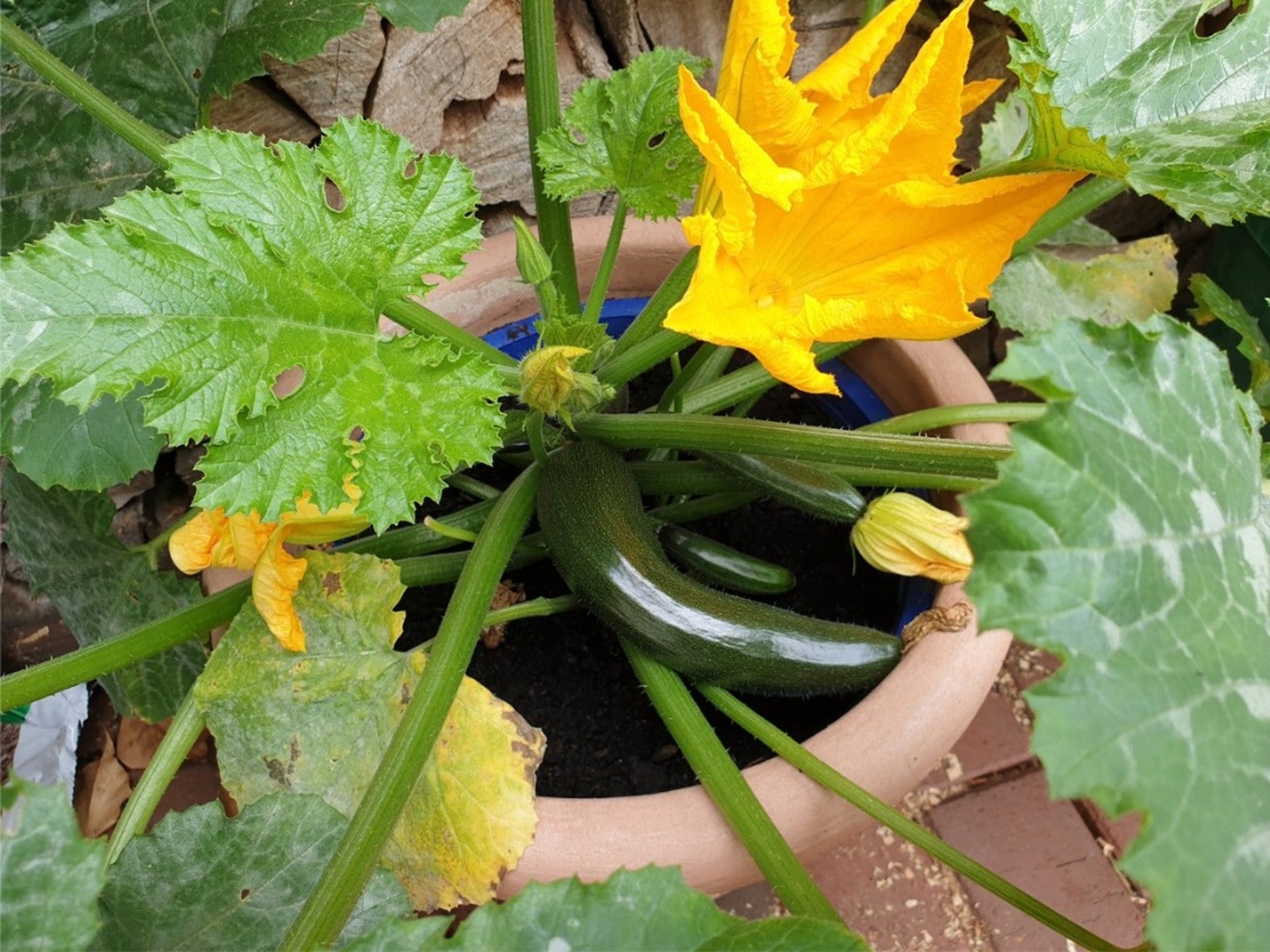
Underwatering
Insufficient Water
While overwatering can cause yellow leaves, underwatering can also be a culprit. When squash plants do not receive enough water, they may experience drought stress, which can lead to yellowing of the leaves. This typically starts with the lower leaves and progresses upwards. To ensure your squash plants receive sufficient water, monitor the soil moisture regularly and water deeply when needed. A layer of organic mulch around the plants can also help retain moisture and prevent rapid evaporation.
Drought
Drought conditions can significantly impact squash plants, leading to yellow leaves and overall poor growth. During periods of prolonged dryness, plants struggle to uptake water and nutrients, which can result in leaf discoloration. To help mitigate the effects of drought, provide your squash plants with regular watering during dry spells. Consider using drip irrigation or soaker hoses to ensure water is delivered directly to the root zone, minimizing evaporation and maximizing plant uptake.
Inadequate Irrigation
Inadequate irrigation practices can also contribute to yellow leaves on squash plants. If you water your plants inconsistently or do not provide enough water during each watering session, the plants may become stressed and display yellowing leaves. It is crucial to establish a consistent watering schedule and aim for deep, thorough watering sessions to ensure the plants have access to the moisture they require. Adjust your irrigation practices based on weather conditions, plant needs, and the moisture levels in the soil.
Pest Infestation
Aphids
Aphids are small, sap-sucking insects that can infest squash plants and cause yellowing of the leaves. These pests feed on the plant’s juices, leading to weakened plant growth and nutrient deficiencies. As a result, the leaves may turn yellow, curl, and become distorted. To control aphids, you can use insecticidal soaps, neem oil, or introduce beneficial insects such as ladybugs or lacewings to your garden. Regularly inspect your plants for signs of aphid infestation and take appropriate measures to prevent their population from causing further damage.
Squash Bugs
Squash bugs are another common pest that can cause yellow leaves on squash plants. These pests feed on the plant’s sap, resulting in leaf wilting, discoloration, and yellowing. Squash bugs can be particularly damaging, and their infestations can spread quickly if not addressed promptly. To control squash bugs, you can physically remove them from the plants, use insecticidal soaps or neem oil, or employ row covers as a preventive measure. Regularly monitor your squash plants for squash bug activity and take action as soon as they are identified.
Whiteflies
Whiteflies are tiny, flying insects that can infest squash plants and lead to yellowing leaves. These pests feed on the undersides of the leaves, sucking out plant juices and excreting a sticky substance known as honeydew. The accumulation of honeydew can attract mold and further weaken the plants. To combat whiteflies, you can use yellow sticky traps, insecticidal soaps, or introduce natural predators like parasitic wasps or predatory beetles. Regularly inspect your plants for whitefly activity and take appropriate measures to control their population.
Spider Mites
Spider mites are tiny pests that can cause yellowing and wilting of squash leaves. These microscopic insects feed on the plant’s sap, causing damage to the cells and resulting in yellow or bronzed leaves. Spider mite infestations are often characterized by the presence of fine webbing on the plants. To control spider mites, you can use insecticidal soaps, neem oil, or introduce predatory mites. Regularly inspect your squash plants for signs of spider mites and promptly address any infestations to prevent extensive damage.

Fungal Diseases
Powdery Mildew
Powdery mildew is a fungal disease that commonly affects squash plants, causing yellowing of the leaves. This disease appears as a white, powdery coating on the leaves, stems, and fruits. As the infection progresses, the affected leaves may turn yellow and eventually die. Powdery mildew thrives in humid conditions, so ensuring good air circulation and reducing leaf moisture can help prevent its development. Fungicidal sprays specifically formulated to control powdery mildew can also be used. Remove and destroy infected plant parts to prevent the spread of the disease.
Downy Mildew
Downy mildew is another fungal disease that can lead to yellow leaves on squash plants. Unlike powdery mildew, downy mildew appears as yellowish-green patches on the upper surface of the leaves, with a white to grayish downy growth on the undersides. Infected leaves may ultimately turn yellow and die. To manage downy mildew, practice crop rotation and avoid overhead watering, as the disease spreads through water droplets. Fungicidal treatments can also be applied to protect against downy mildew, particularly during periods of high humidity or rainfall.
Anthracnose
Anthracnose, caused by a fungal pathogen, can affect squash plants and promote yellowing of the leaves. This disease presents as dark, sunken lesions on the foliage, which may gradually turn yellow. Initially, these lesions appear water-soaked, eventually developing a salmon-pink coloration with distinct margins. To prevent anthracnose, ensure proper air circulation and avoid overhead watering. Fungicidal sprays labeled for anthracnose control can be employed, especially during periods of warm, humid weather. Remove and destroy infected plant parts to prevent the spread of the disease.
Viral Infections
Squash Mosaic Virus
Squash mosaic virus is a viral infection that can cause yellowing and mottling of the leaves on squash plants. This virus is primarily transmitted by aphids, beetles, or through mechanical means such as handling infected plants. Once infected, squash plants may exhibit stunted growth, distorted leaves, and a mosaic pattern of yellow and green. Unfortunately, there is no cure for viral infections, so prevention and control are crucial. Remove and destroy infected plants to prevent the spread of the virus, practice good garden hygiene, and remove weeds that can serve as alternate hosts for the virus.
Cucumber Mosaic Virus
Cucumber mosaic virus is another viral infection that can lead to yellow leaves on squash plants. This virus affects a wide range of plants, including squash, and is transmitted by aphids. Infected squash plants can display yellowing, mottling, and distorted leaves. While there is no cure for viral infections, you can take preventive measures to minimize their impact. Use reflective mulch to deter aphids, employ row covers to create a physical barrier, and remove and destroy infected plants. These practices can help reduce the spread of cucumber mosaic virus.
Zucchini Yellow Mosaic Virus
Zucchini yellow mosaic virus is a viral infection that primarily affects squash plants, including zucchini. This virus is transmitted by aphids and can cause yellowing or mosaic patterns on the leaves, stunted growth, and reduced fruit production. As with other viral infections, prevention is essential to minimize the impact of the virus. Control aphid populations, remove and destroy infected plants, and consider resistant varieties if available. By implementing these strategies, you can reduce the likelihood of zucchini yellow mosaic virus affecting your squash plants.
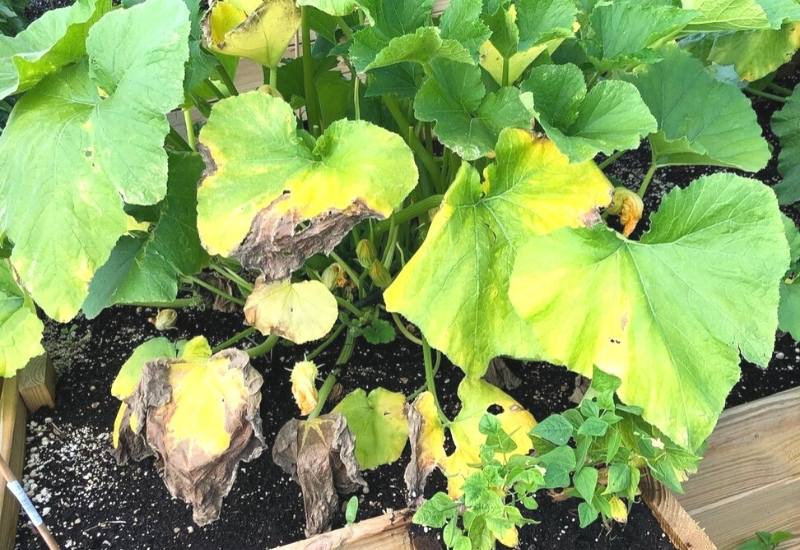
Bacterial Diseases
Bacterial Wilt
Bacterial wilt is a serious bacterial disease that can cause yellowing and wilting of the leaves on squash plants. This disease is caused by the bacterium Erwinia tracheiphila, which is transmitted by cucumber beetles. Infected squash plants may exhibit sudden wilting during the hottest part of the day, with recovery occurring overnight. Leaves may eventually turn yellow and the plant may die. Prevention involves managing cucumber beetle populations through the use of row covers, planting resistant varieties, and removing and destroying infected plants.
Bacterial Leaf Spot
Bacterial leaf spot is another bacterial disease that can lead to yellow leaves on squash plants. This disease is caused by bacteria such as Xanthomonas campestris or Pseudomonas syringae and manifests as small, water-soaked spots on the leaves. These spots may later develop a yellow or brown halo. To control bacterial leaf spot, practice good garden hygiene by removing and destroying infected plant material. Avoid overhead watering, as the disease spreads through water droplets. Applying copper-based fungicides can also help manage bacterial leaf spot if applied at the first signs of infection.
Environmental Factors
Extreme Temperatures
Extreme temperatures can have a significant impact on the health of squash plants and may cause yellowing of the leaves. High temperatures can lead to heat stress, causing the leaves to wilt and turn yellow. On the other hand, low temperatures can hinder nutrient uptake, leading to nutrient deficiencies and yellowing. To mitigate the effects of extreme temperatures, provide shade for your plants during hot periods, ensure proper air circulation, and consider using season-extending techniques such as row covers or cold frames in cooler weather.
Strong Sunlight
Squash plants exposed to excessive sunlight can also develop yellow leaves. Strong sunlight can scorch the leaves, leading to damage and yellowing. To protect your squash plants from excessive sunlight, provide shade using row covers, apply a layer of organic mulch around the plants to retain soil moisture, and consider planting taller companion plants that can provide some shade for the squash. These measures will help prevent sunburn and reduce the likelihood of yellowing leaves caused by intense sunlight.
Wind Damage
Strong winds can cause physical damage to squash plants, resulting in yellowing and stress. Wind can desiccate plant tissues, leading to water loss and nutrient deficiencies. Additionally, wind can cause the plants to sway excessively, damaging the roots and hindering nutrient uptake. To protect your squash plants from wind damage, consider erecting windbreaks or placing stakes around the plants for support. Regularly check the plants for any signs of wind damage and address issues promptly to prevent further yellowing of the leaves.
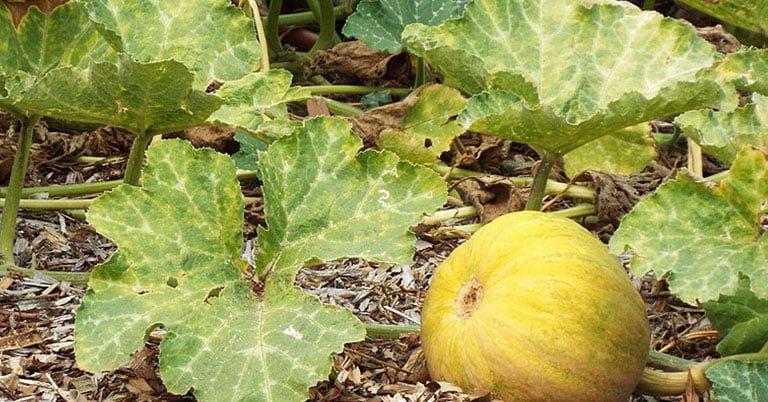
Soil pH Imbalance
Acidic Soil
An imbalance in soil pH can contribute to yellow leaves on squash plants. Squash typically prefers a slightly acidic to neutral pH range for optimal growth. When the soil becomes too acidic, nutrient availability may be hindered, leading to yellowing leaves and nutrient deficiencies. To correct acidic soil, you can amend it with agricultural lime or wood ash to raise the pH. Regular soil testing can help monitor pH levels and ensure an optimal growing environment for your squash plants.
Alkaline Soil
Conversely, alkaline soil can also lead to yellow leaves on squash plants. In alkaline soil, certain nutrients may become less available to the plants, resulting in yellowing and nutrient deficiencies. To address alkaline soil, you can amend it with elemental sulfur or organic matter such as compost to lower the pH. Remember to conduct soil tests to determine the pH level and make adjustments accordingly. Providing your squash plants with an appropriate pH range will help ensure healthy leaf coloration and overall plant vitality.
Genetic Factors
Natural Variations
It’s important to consider that genetic factors can contribute to variations in leaf color and appearance among different squash varieties. Some varieties may naturally have yellow leaves or veining, which can be a desirable characteristic specific to that particular variety. When growing different squash cultivars, it’s essential to familiarize yourself with their specific traits and characteristics to avoid unnecessary concerns about the health of the plants. If the yellowing is consistent across all plants and not accompanied by other signs of distress, it is likely a natural variation rather than a cause for concern.
Susceptible Varieties
Certain squash varieties may be more susceptible to nutrient deficiencies, diseases, or other factors that can contribute to yellow leaves. When selecting squash varieties for your garden, consider their tolerance to common diseases, nutrient requirements, and overall resistance levels. Opting for disease-resistant or tolerant varieties can help minimize the risk of yellowing leaves. Additionally, ensuring that the plants receive proper care, including appropriate fertilization and watering, will help maintain the health of any variety and reduce the likelihood of yellowing leaves.
In conclusion, yellow leaves on squash plants can be caused by various factors, including nutrient deficiencies, overwatering, underwatering, pest infestations, fungal diseases, viral infections, bacterial diseases, environmental factors, soil pH imbalances, and genetic factors. By understanding these possible causes and taking appropriate preventive or corrective measures, you can help maintain the health and vigor of your squash plants, ensuring they produce plentiful harvests of delicious fruits. Remember to regularly inspect your plants, provide them with proper care, and address any issues promptly to enjoy a thriving and vibrant squash garden.
